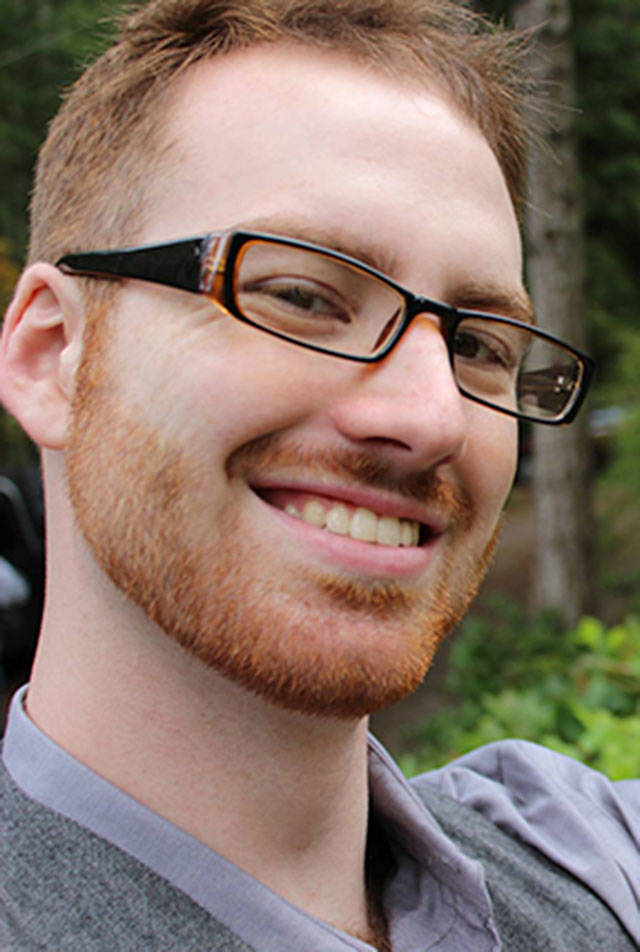We all know Enumclaw is a city steeped in history.
The King County Fair, the longest-running county fair west of the Mississippi, has called Enumclaw home since 1900, 13 years before the city was incorporated.
Its newspaper, now called The Courier-Herald, began that same year, and is just a decade younger than the Seattle Times.
Several of its historic businesses continue to impact us today; the old 1899 Co-Operative Creamery eventually became a part of the nationally-recognized Darigold company in the 1950s, and Farmer’s Mutual, which started in 1898 as a group of farmers that banded together to protect their resources from fires, still exists today in the form of the Mutual of Enumclaw.
And on Dec. 7, the King County Landmarks Commission officially announced the Enumclaw Historical Museum as an official city of Enumclaw historical landmark.
This has been a year-long project in-the-making, starting with Rich Elfers, a local columnist and history buff, applying for a 4Culture grant in late 2017.
Thanks to the 4Culture grant, the museum was able to hire an archeologist, Sarah Amell, to research the building. Ms. Amell presented her information to the landmarks commission last summer, and I, as the then-interim president of the Enumclaw Historical Society, gave some commissioners the dime tour.
Here’s what they had to consider: even though the Enumclaw Museum building has been modified since it was built by the Masons in 1909, the building itself has always been of social importance to the area, including being used by the Christian Science Church, the Enumclaw Men’s Club, the Republican Club, and the Rainbow girls until the building was sold to be an Episcopal Church in 1970. Since then, it’s been presumed the building continued to be used as a community meeting space, even up to and beyond when the Enumclaw Historical Society purchased the building in 1995.
With that information in hand, a public hearing was held late Nov. 29, and the commission voted unanimously to officially label the building a property “associated with events that have made a significant contribution to the broad patterns of… local history.”
While we at the museum are ecstatic to be recognized as a landmark, we’re even more excited that being a landmark means we can now access historical preservation projects grant funds, again thanks to 4Culture, for which we want to use to restore the museum building.
If you’ve ever been to the museum, you’ve probably noticed the inarguably un-historic (and unattractive) wooden pillars framing the front door. Back when the building was built, those pillars were Greek doric columns, but for whatever reason (our archeologist and other researchers couldn’t find out why) they were replaced with something far less classy.
It’s my hope to fix that, hopefully by finding a doric column facade that can be constructed around the weight-bearing pillars (in order to avoid replacing the pillars, which would probably take more money than the museum can afford). It wouldn’t look exactly like the old 1909 building, but it would be closer to its original appearance, and also much prettier.
This is just one project the museum’s Board of Directors is hoping to tackle once the new year comes around. We also feel like it’s time we did a little spring cleaning and spruced up some of our current displays (I’ve got some ideas for famous Dr. Frederick Ulman’s artifacts and our historical Enumclaw School District display) as well as bring in some new ones (Art Storbo is looking to do a new exhibit on the Mount Rainier Mining Company, which his ancestors were a part of, and we’ve even discussed doing a “modern” exhibit for Kasey Kahne).
To do this, though, we do need some help. Museum membership has been waning, and our Board of Directors shrinking, especially with the unexpected passing of founder Ron Tyler a few years ago, and Barbara Shane last February.
Since then, we’ve been limping along, slowly but surely. We’ve been able to successfully lobby for financial aid from the city of Enumclaw to help pay our utilities, and we’re currently in the running for another 4Culture grant to help pay operation and maintenance costs.
But grants can’t help us make the museum a place Plateau residents and tourists want to visit, at least without a number of people who can put the money to good use.
So if you’re someone who wants to get involved with local history by doing some research and collaborating on exhibits, or if you’re interested in helping organize some of our annual events, from our Independence Day and Christmas parade floats to our annual Bazaar and Bake Sale fundraiser, please come attend one of our board meetings, which are held at the museum (1837 Marion Street) every first Thursday of the month at 10 a.m. The next meeting is Jan. 3, 2019).
And finally, I’d like to once again thank everyone who helped the Enumclaw Museum become an official landmark. To 4Culture staff who helped us navigate the grant process, Rich for writing the grant and being the middle-man for passing along communications, Sarah Amell for her invaluable research, Landmarks Coordinator Sarah Steen for her wonderful presentation to the Landmarks Commission, and Commission members Poppi Handy, Amy Blue, Amber Earley, Crystal Lake, Caroline Lemay, Ella Moore, Rebecca Ossa, and David Pilgrim, Enumclaw Mayor Jan Molinaro for his letter of support, and anyone and everyone else I may have missed — much like the history of Enumclaw inside the walls of the museum, your aid in this endeavor will not be forgotten. Thank you.


